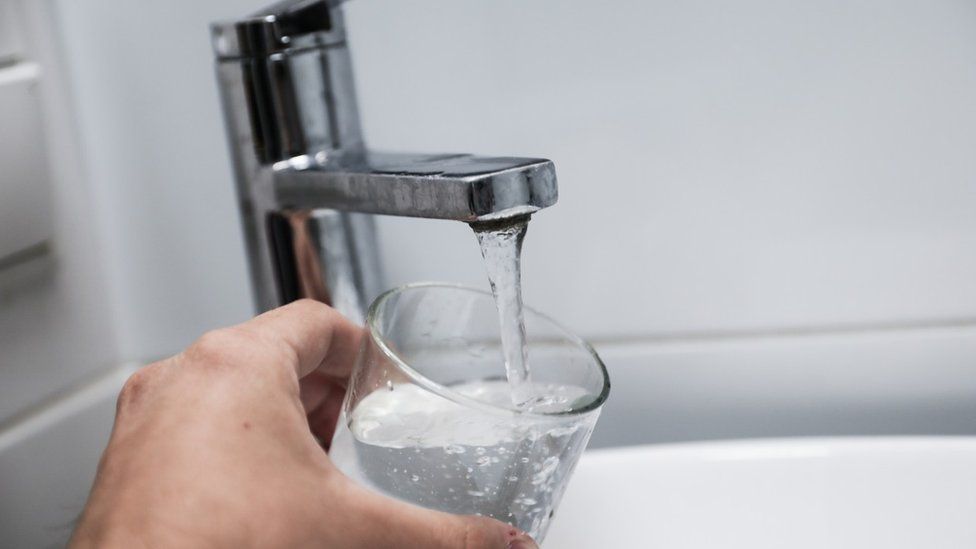Some parts of South Africa are facing a major water crisis as a result of persistent loadshedding. There are steps that could be taken to address the issue in the interim, according to a water and climate justice activist.
Dr Ferrial Adam said the depletion of reservoirs in major cities like Johannesburg have made it clear the government needs to take action. She said citizens could not be blamed for depleting reservoirs as a back-up plan ought to have been developed to address water supply challenges caused by power interruptions.
Last week, large parts of Johannesburg and the capital Pretoria were left without water due to constraints on the system. Bulk distributor Rand Water said the heatwave had led to increased consumption, thus rendering the entity unable to keep up with the demand. The restriction resulted in significant outages, sometimes for days, in high-lying areas.
SMread: More mismanagement leads to foreseeable water crisis
The Root Cause of Gauteng Water Crisis
Loadshedding, often lasting for several hours at a time, caused reservoirs to be depleted as they were unable to be topped up for the duration. The Gauteng water crisis left potentially thousands of residents parched in the midst of summer.
According to Dr Ferrial Adam, the government needed to provide a backup power supply or exempt water pumps from loadshedding to ensure an uninterrupted water supply. She also highlighted the need to fix ageing infrastructure.
“Right now, our dams are full. We know that there’s a lot of water in our dams. It’s not a shortage of water as we saw previously in Cape Town, but it’s actually just because they don’t have the power to pump it,” says Dr Adam.
Loadshedding has been a major issue for years, and the fact that there is not enough backup power supply was concerning, she said.
“You need to have consistent pumping for water. It’s not the same as electricity where you switch it on and it’s working, and then you switch it off and it’s off. It takes power to get momentum to actually push the water through and get it into the reservoir,” adds Dr Adam.
SMread: Energy crisis can teach us how to avoid water crisis
The Consequence of Poor Planning and Maintenance
The summer heatwaves and the increased demand for water can’t be blamed solely on residents, according to Dr Adam. She questioned why authorities failed to develop and implement contingency plans ahead of time.
“People in these positions at Rand Water know this process. They know when demand is high, they know when demand is low. The challenge that we have at the moment is that because we’re in summer, we are using a lot more water. The blame cannot be put on residents; they should have made allowance for that,” said Dr Adam.
Loadshedding has also accentuated the vulnerability of South Africa’s infrastructure, with pipe bursts and contamination causing major problems.
“When you’re releasing it when the power comes back on, you’ve had pipes that haven’t had water in them and then you’re flushing it with a lot of water. The problem is our infrastructure is old and both our drinking water infrastructure as well as sanitation infrastructure is completely compromised and so this is causing pipe bursts, it’s causing overflows and it’s creating all other issues that we have,” she added.
Dr Adam emphasised the need for alternative power supplies at reservoirs and pump stations, frequent water testing, and fixing the infrastructure. “We really need to make sure that the water is tested, we need to ensure that our reservoirs and pump stations have an alternative power supply and we need to fix our infrastructure. Those are the three things I think we need to do as an urgent short and medium term [intervention],” said Dr Adam.
Inayet Wadee and Dr Ferrial Adam also discussed water quality concerns that have emerged over the past week. Watch the full discussion here:
